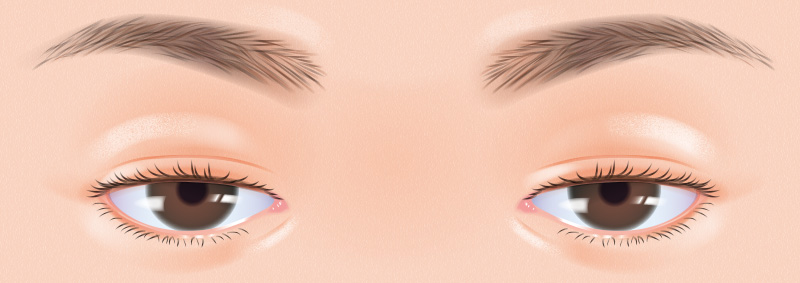
What is droopy eyelids:
Droopy eyelids is the medical term given to the eyelids in which one or both eyelids become bent or drooping, such that the eyelid falls below its normal level and the pupil is covered (nini), giving the eye a sleepy appearance. This condition is more common among the elderly, but it may affect In children from birth, it is called congenital ptosis, and it may result from severe eye injuries, and in this case it is called acquired ptosis.
Causes of drooping eyelids:
The danger of drooping eyelids in children:
Droopy eyelids in children can lead to lazy eye (weak vision in one eye), which may result in lifelong visual impairment.
All children with ptosis, even mild cases, should be examined to determine the most appropriate treatment for them.
Children who are born with severe drooping eyelids need urgent surgical treatment in order to develop the ability to see well.
Treatment of drooping eyelids:
There are many ways to treat eyelid drooping depending on the cause, including:
– Follow-up in simple cases that do not affect eye function.
– Temporary in cases of temporary prolapse as a result of Botox injection.
– Treating the cause: such as cases of neurological diseases.
– surgeries:
We need it if the cause is weakness of the levator muscle, and operations depend on connecting the levator palpebrae muscle to raise the eyelid, which allows good vision and gives a decent view to the eye.
The eyelid relaxation procedure has two purposes: a functional purpose and a cosmetic purpose. In children, the purpose is functional, while in adults, it is a cosmetic purpose.